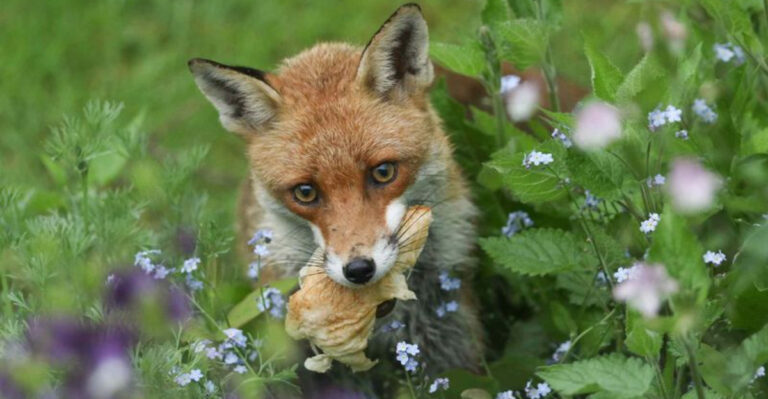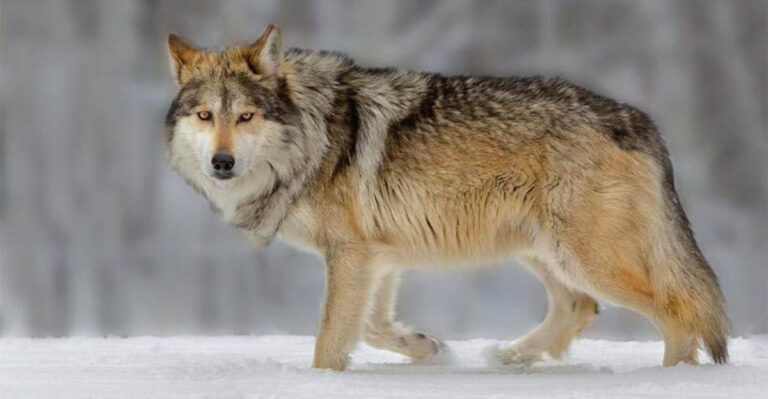15 Alarming Reasons The American Kestrel Is Disappearing Across The U.S.
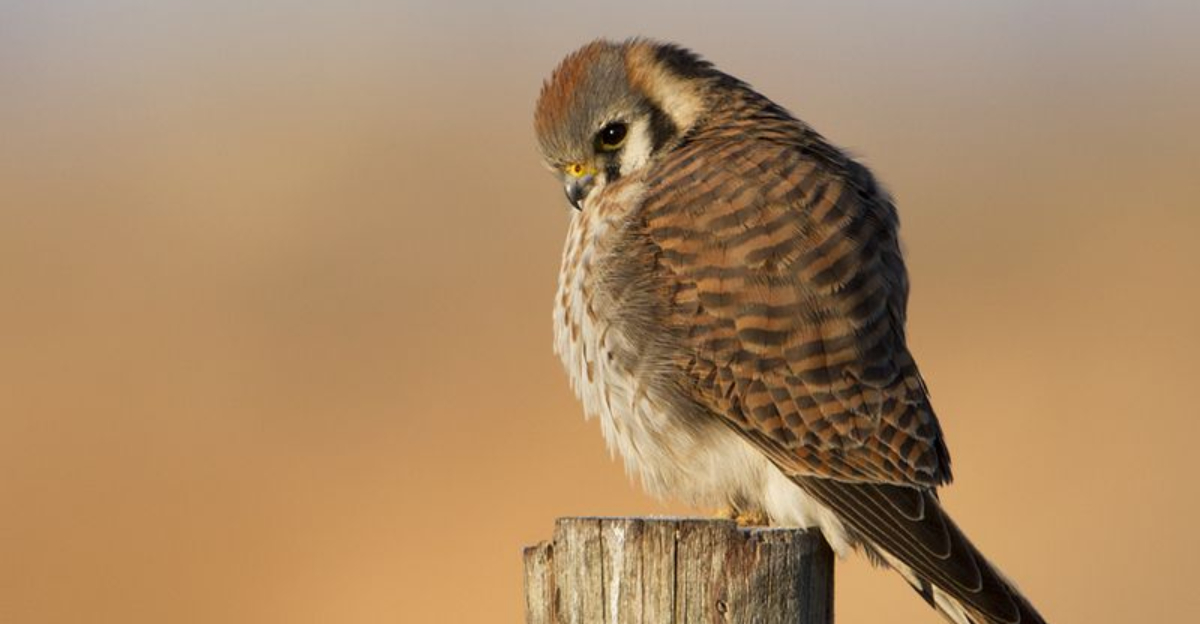
Picture a world where the skies are silent, devoid of the fluttering resonance of avian wonders. Sounds a bit too much like a scene from a post-apocalyptic movie, right?
But for the American Kestrel, that world is inching closer to reality. The tiny raptors, known for their vibrant plumage and fierce hunting skills, are struggling to maintain their presence across the U.S.
1. Shrinking Habitats
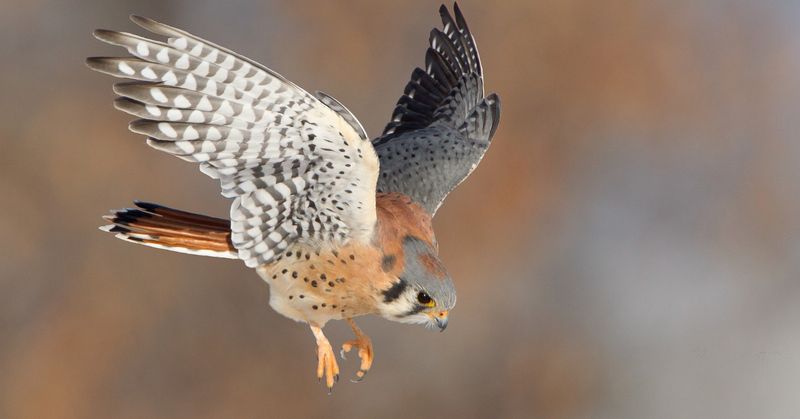
Ever notice how cities seem to grow overnight, like a child hitting a growth spurt? Unfortunately for the American Kestrel, these expanding urban jungles mean less of the wide-open spaces they call home.
As forests are cleared and fields disappear, these little raptors find themselves with fewer places to nest and hunt.
2. Pesticide Problems
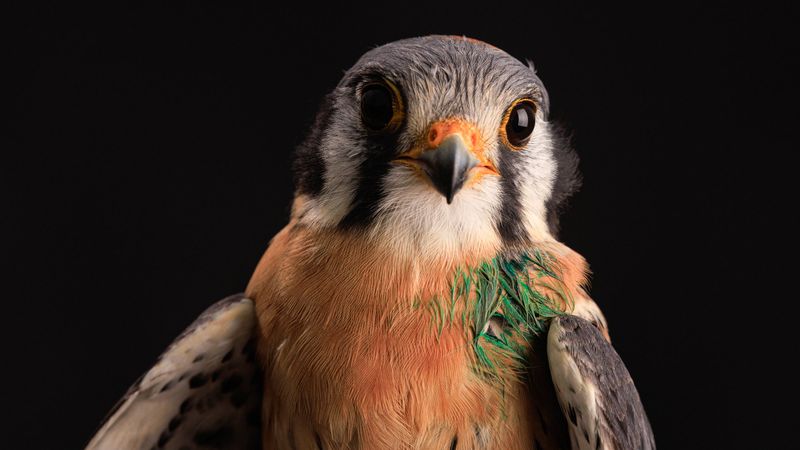
Imagine dining at your favorite restaurant, only to find out your meal was laced with toxins. Scary, right? For kestrels, eating prey exposed to pesticides can be just as dangerous.
These chemicals accumulate in their bodies, leading to health issues.
With each toxic meal, their survival becomes more precarious. It’s a bit like walking a tightrope without a safety net, balancing between life and potential poisoning.
3. Invasive Species
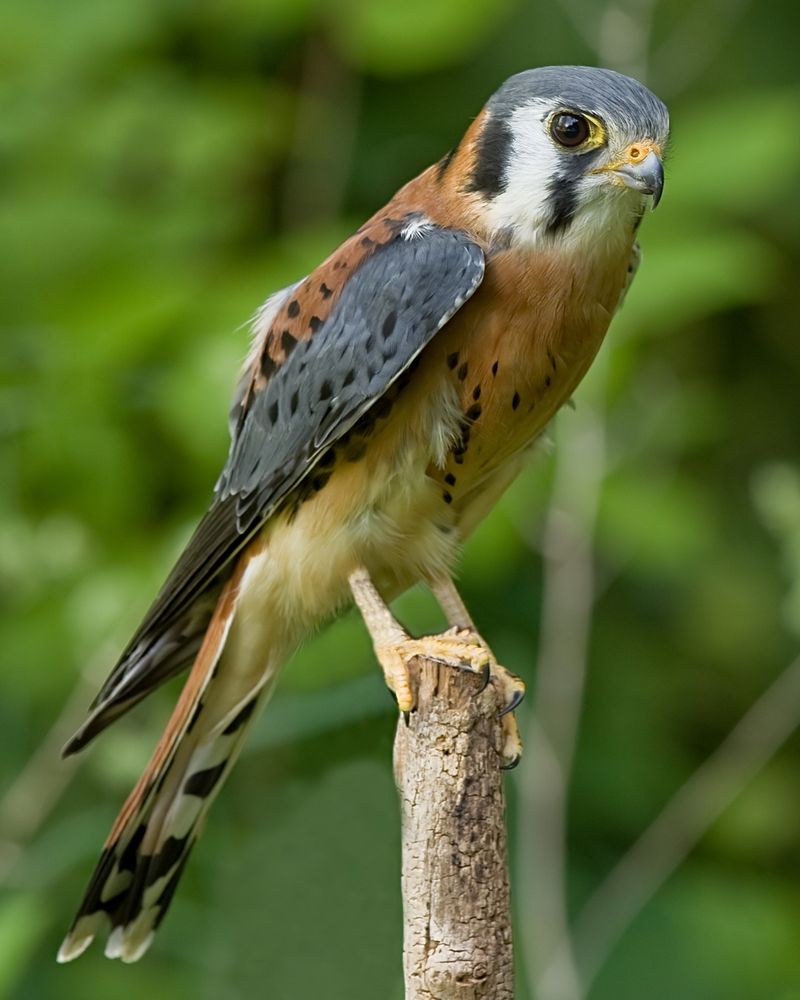
Ever had an unexpected visitor overstay their welcome? Invasive species like starlings are doing just that in kestrel habitats.
These uninvited guests compete for nesting sites, pushing our native kestrels out of their homes.
It’s like finding out your favorite coffee shop has been overrun by chatty strangers; suddenly, there’s no room for you! This competition makes it hard for kestrels to raise their young successfully.
4. Climate Change
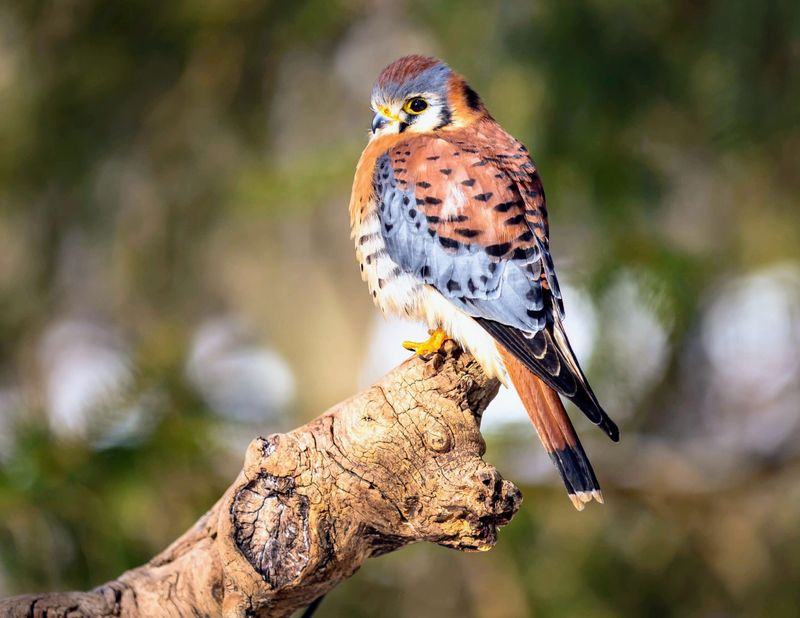
You know how unpredictable weather can ruin your weekend plans? Now, imagine it could also change your entire lifestyle.
Climate change is altering the kestrel’s hunting grounds and migration patterns.
These shifts make it harder for them to find food and shelter, pushing them into survival mode. It’s like living in a world where the seasons refuse to stick to the script, making life chaotic and uncertain.
5. Loss Of Prey

Imagine your favorite supermarket closing down, leaving you with nowhere to shop for essentials.
For the American Kestrel, the loss of prey like insects and small mammals is a dire reality.
With fewer food sources, their ability to hunt and feed their young diminishes, making survival a constant struggle. It’s like trying to fill your pantry with no stores in sight—impossible and worrying.
6. Pollution
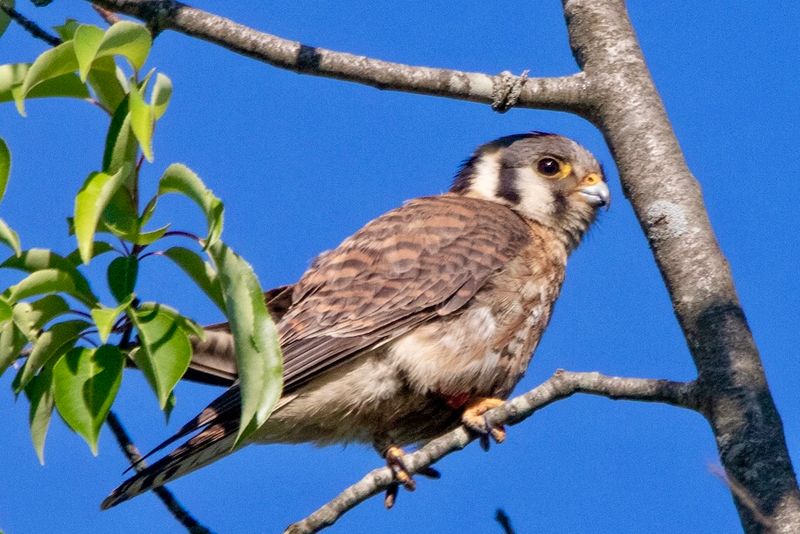
Think of pollution as an uninvited cloud hanging over the kestrel’s world, polluting water and air and making life tougher.
With each passing day, these birds have to navigate through an obstacle course of toxins.
It’s a bit like trying to breathe in a room filled with smoke, where every breath becomes a challenge. As pollution rises, kestrels face more hurdles just to survive.
7. Human Disturbance
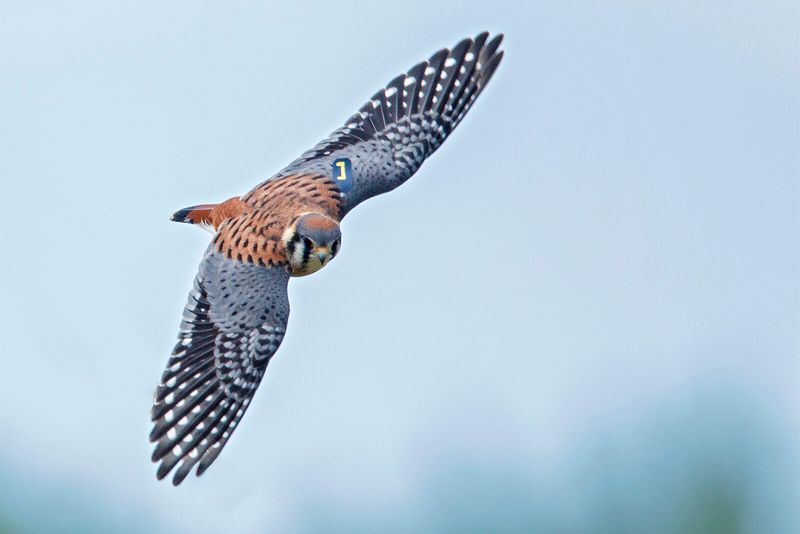
Ever try finding a peaceful nook in a bustling city? Kestrels face the same dilemma as human activities encroach on their habitats.
From noisy parks to construction sites, the constant disturbance makes nesting and hunting a challenge.
Picture trying to sleep in a room where someone is constantly flipping the lights on and off—it’s exhausting and frustrating for these birds.
8. Agricultural Expansion
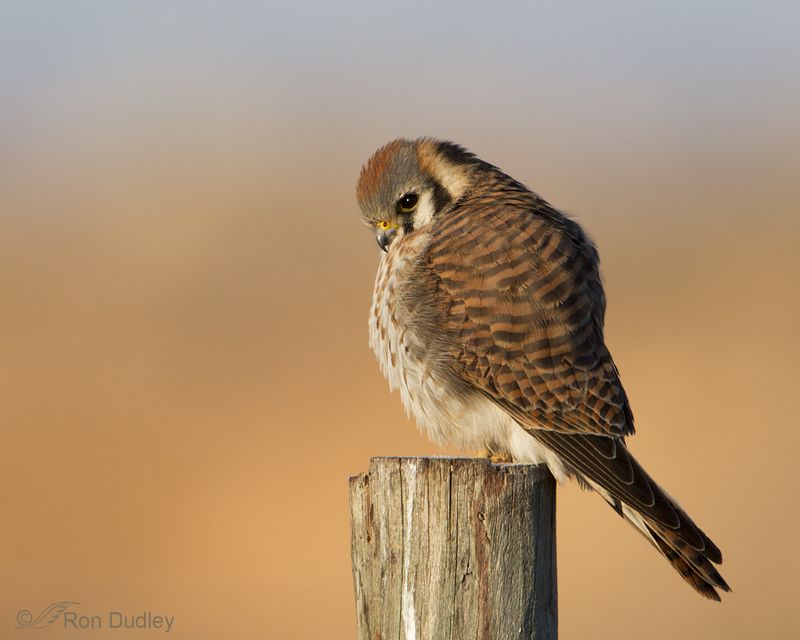
As diverse landscapes are converted to monoculture farms, kestrels lose the variety of prey they rely on.
It’s like living in a world where every meal is the same bland dish, day in and day out. This loss of diversity makes survival a daily battle for these raptors.
9. Collisions With Vehicles
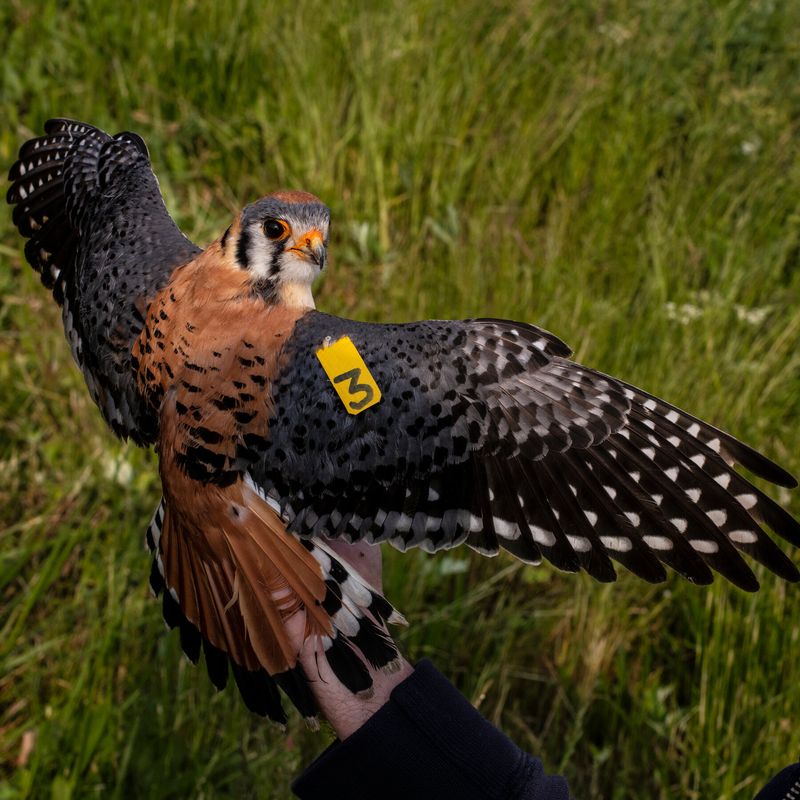
Ever play that game where you try to cross the street without getting hit? For kestrels, it’s a dangerous reality.
As they hunt near roads, collisions with vehicles become an unfortunate risk.
Imagine trying to dodge cars on a highway while focused on your next meal—it’s a nerve-wracking scenario that kestrels face too often.
10. Illegal Trapping
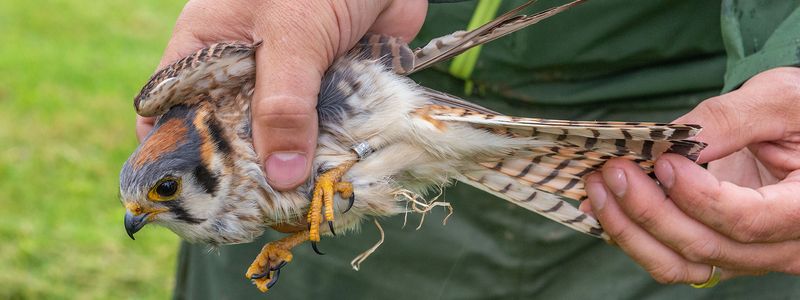
You know the feeling when someone takes what’s not theirs? For kestrels, illegal trapping means losing their freedom.
Caught in traps meant for other animals, these birds face a grim fate.
It’s like being caught in a web with no escape, a violation of their natural right to roam the skies freely. Illegal trapping is a silent but deadly threat to their survival.
11. Disease Outbreaks
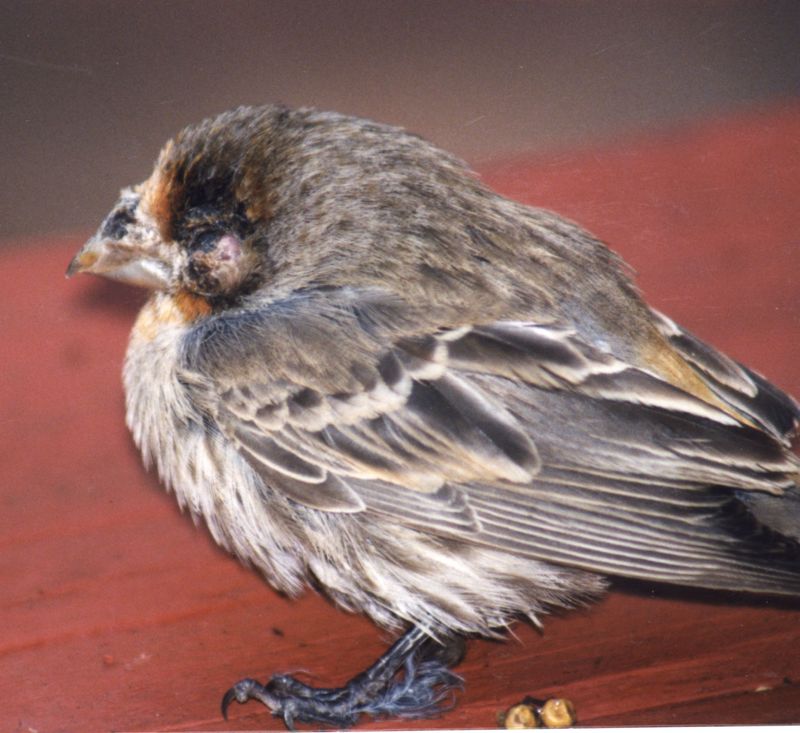
Ever had one of those days where you can’t seem to shake off a cold? For kestrels, disease outbreaks can be devastating.
These illnesses spread quickly, weakening entire populations.
12. Lack Of Conservation Efforts
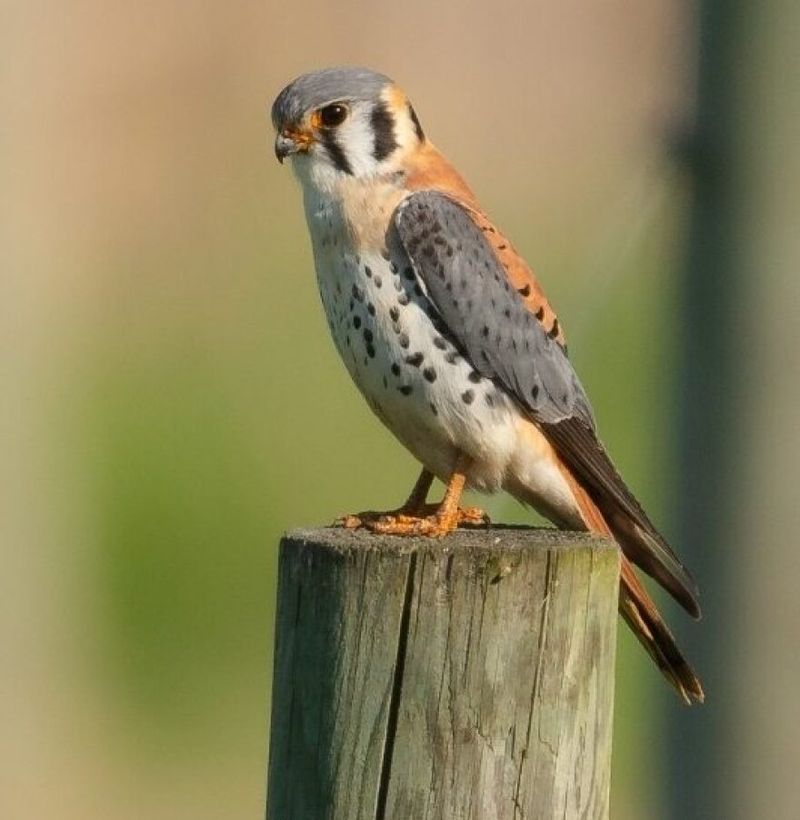
Ever felt like someone dropped the ball when it really mattered? For kestrels, lacking conservation efforts are a missed opportunity for survival.
Without proper protection, these birds face increasing threats.
It’s like knowing there’s a lifeline but seeing it slip away, leaving you to fend for yourself in a sea of challenges.
13. Lack Of Awareness

You know that saying, “out of sight, out of mind”? It rings true for kestrels, with many unaware of their plight.
Without public awareness, these birds’ struggles remain largely unnoticed.
It’s similar to shouting in a crowded room and not being heard, a quiet cry for help that goes unanswered.
14. Habitat Fragmentation
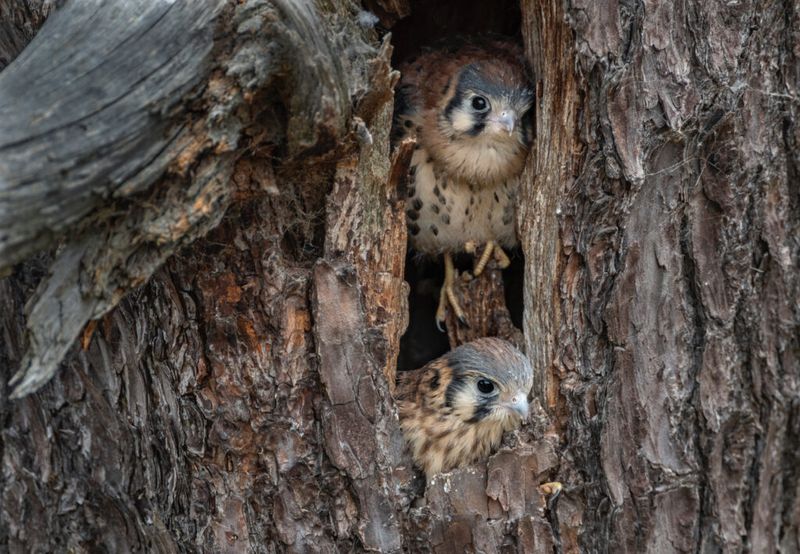
Imagine your home split into disconnected rooms, making it hard to move freely.
For kestrels, habitat fragmentation means navigating isolated patches of land.
It’s like living in a house where every door is locked, and you need to find a key for each one just to get by.
15. Lighting Pollution
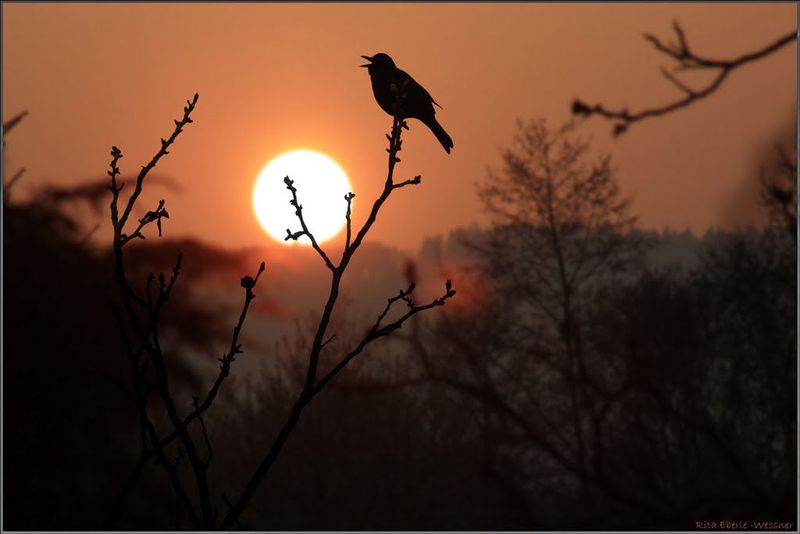
Ever try sleeping with a bright light glaring in your eyes? Kestrels face this with increasing light pollution.
Artificial lights disrupt their natural cycles, affecting hunting and nesting.
It’s like being in a perpetual state of jet lag, where night never truly arrives, throwing their world off balance.



